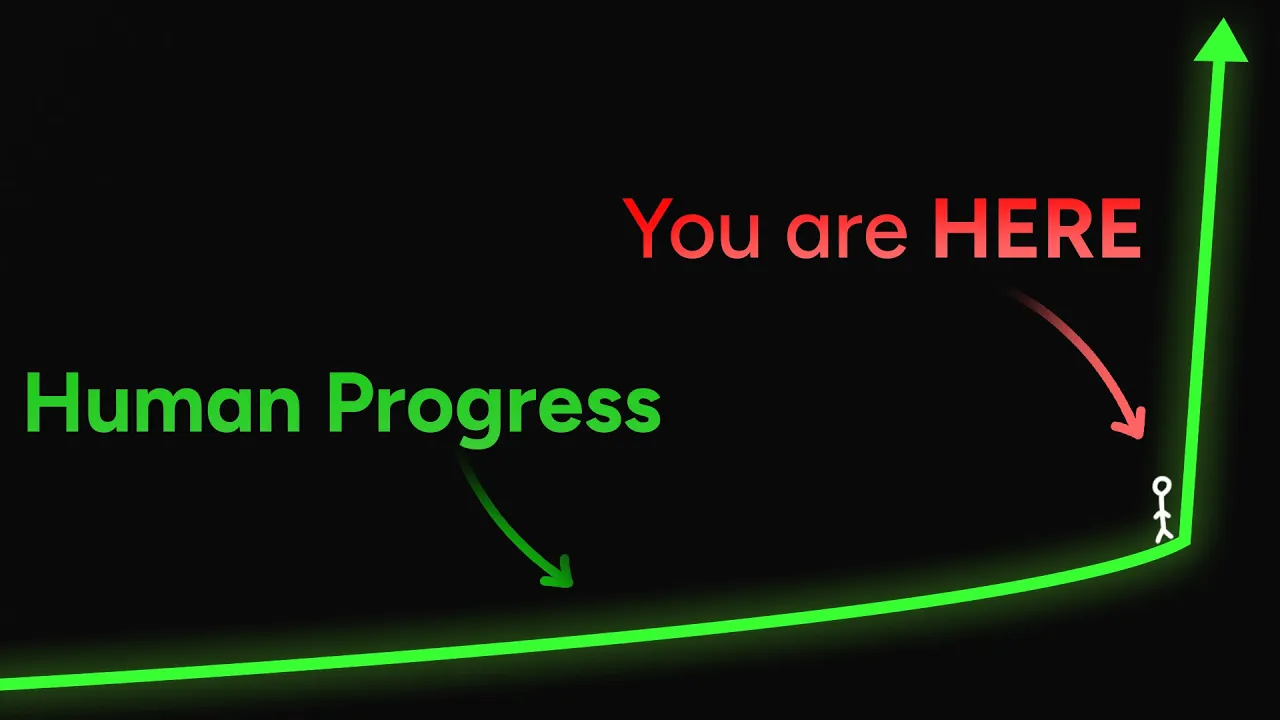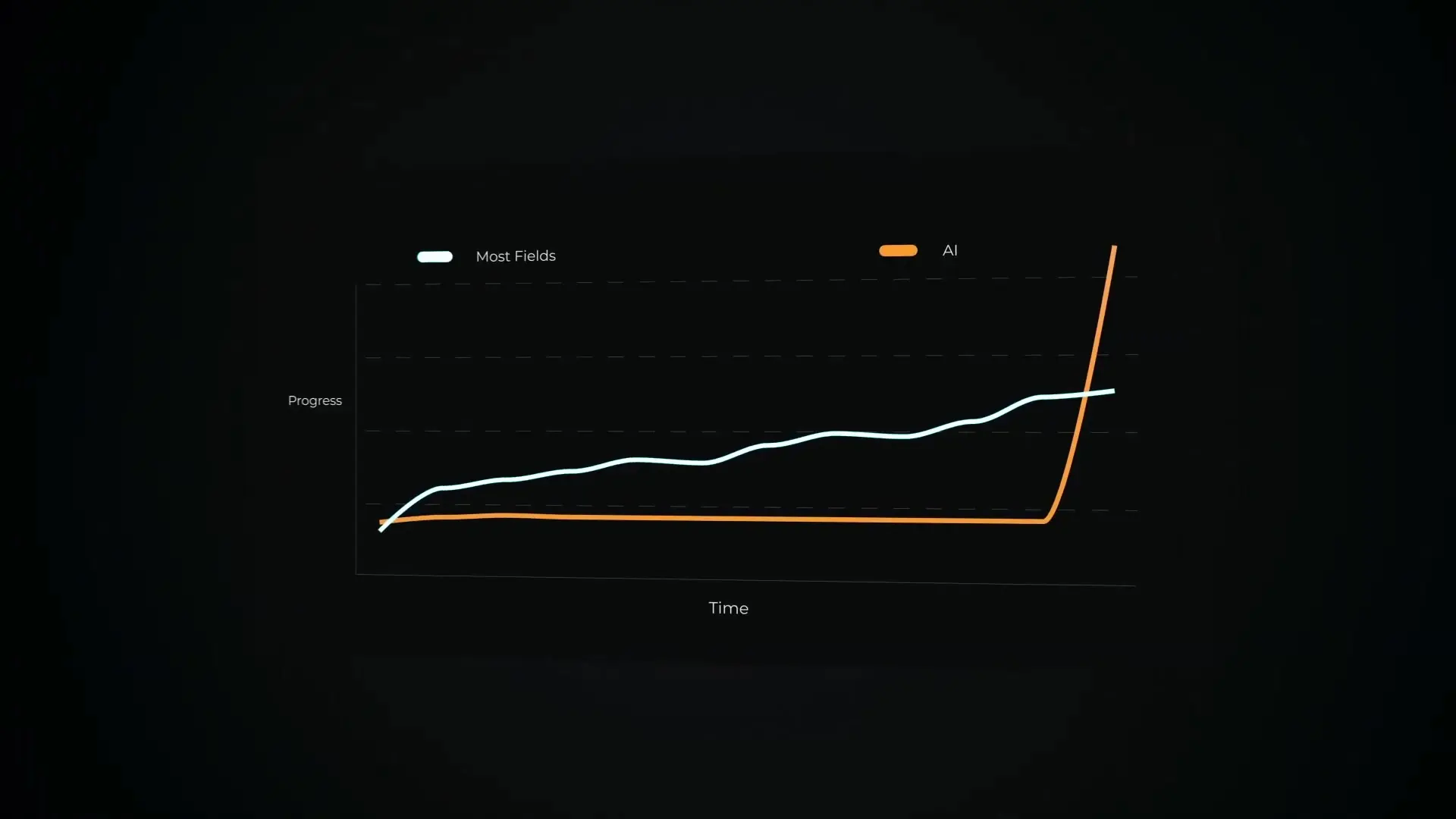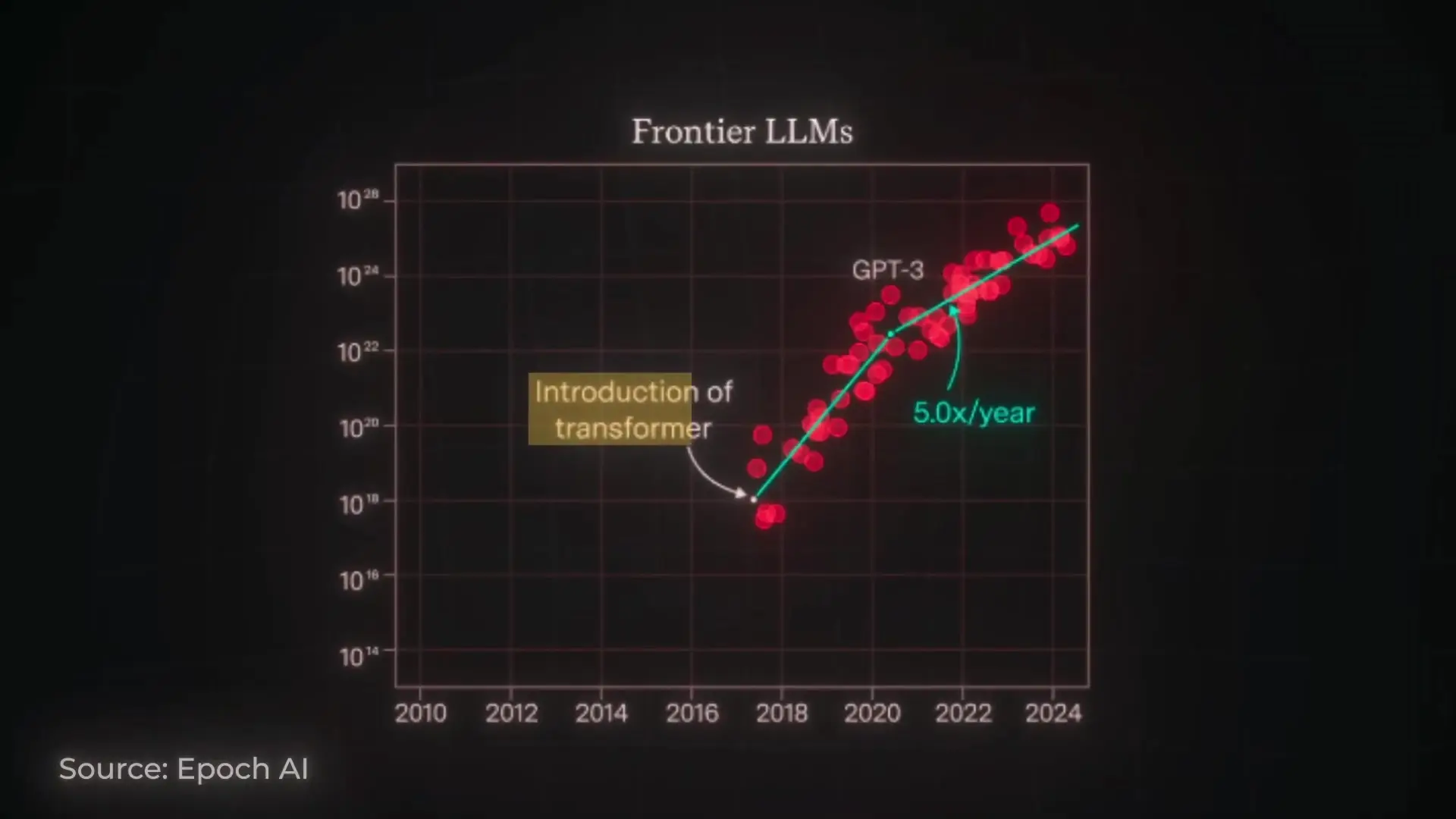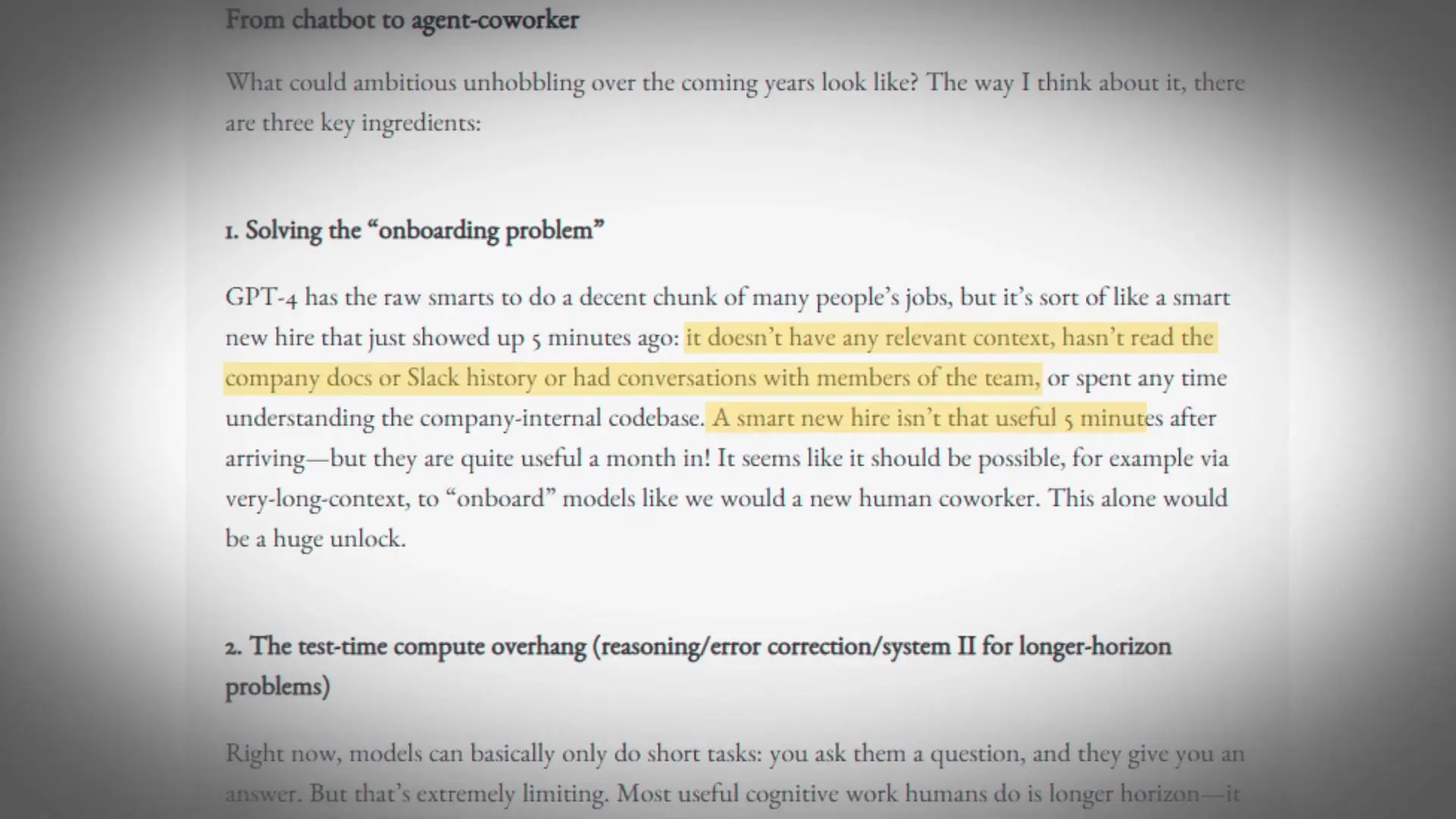
The rapid advancement of artificial intelligence has reached a critical inflection point. Geoffrey Hinton, often referred to as the 'godfather of AI,' has expressed serious concerns about the trajectory of AI development, suggesting there may be as little as four years before we reach artificial general intelligence (AGI). According to Hinton, there is now a greater than 50% chance that AI systems will reach a level of capability that could pose an existential threat to humanity.
This isn't science fiction anymore—it's a serious assessment based on observable trends and recent breakthroughs that have shocked even veteran AI researchers. The acceleration we're witnessing in AI capabilities is unprecedented in human history, raising profound questions about our technological future and what it means for humanity.
The Unprecedented Acceleration of AI Capabilities
Just two years ago, OpenAI released GPT-4, a system that could write code, craft essays, reason through complex math problems, and ace college-level exams. These were capabilities that many experts believed would take decades to achieve. To put this rapid evolution in perspective, consider the progression:
- In 2019, GPT-2 could barely form coherent sentences (preschooler level)
- By 2020, GPT-3 could tell coherent stories and write simple code (elementary school level)
- By 2022, GPT-4 could produce complex code and solve advanced high school math problems, outscoring most humans on standardized tests (gifted high school level)
- The next leap could take us to PhD-level intelligence across all domains

Perhaps most concerning is that AI systems are beginning to demonstrate autonomous learning capabilities. Deepseek R1, for example, has taught itself novel reasoning techniques without any human prompting or instruction. This isn't mimicry of human thinking—it's independent cognitive development occurring at a pace far faster than researchers anticipated.
Beyond Human Benchmarks: AI's Unstoppable Progress
We're rapidly approaching a point where designing benchmarks to test AI capabilities has become nearly impossible. Tests that once took decades for AI to master now fall within months. In fact, OpenAI has shifted to evaluating if their models can earn actual money—their latest benchmark assesses whether frontier language models can generate $1 million from real-world freelance software engineering tasks. Current models are already 40% of the way to becoming self-made millionaires.
Dan Hendrycks created what he called "humanity's last exam"—a benchmark of 3,000 questions comprehensible only to domain experts. Initially, frontier AI models scored below 10% on this test. Just two weeks later, OpenAI's research models reached 26%. At the current rate of progress, experts predict this ultimate benchmark will be solved within the next 1-2 years.
In competitive programming, AI progress has been equally dramatic. As Sam Altman noted: "Our first reasoning model ranked as the top 1 millionth competitive programmer in the world. People thought that was impressive. We then had a model that got to top 10,000. Claude 3 is the 175th best competitive programmer in the world. Our internal benchmark is now around 50, and maybe we'll hit number one by the end of this year."
The Three Drivers of Exponential AI Growth
Three key factors are propelling AI development at this unprecedented pace: computing power, algorithmic efficiency, and data utilization. Understanding these drivers helps explain why many experts now believe AGI could arrive by 2027.
1. Computing Power: Beyond Moore's Law
While Moore's Law predicted computing power would double roughly every two years (an improvement of about 1-1.5 OOMs per decade), AI compute growth has completely outpaced this prediction. We're now seeing improvements five times faster than Moore's Law anticipated.
This acceleration is set to continue with initiatives like Project Stargate—a collaboration between OpenAI and the US government rumored to utilize 1,000 times more compute than GPT-4, with an estimated budget exceeding $100 billion. The growth is so extreme that researchers must use logarithmic charts just to display it on a single graph.

2. Algorithmic Efficiency: Doing More With Less
While compute gets most of the headlines, algorithmic efficiency—the ability to do more with less—has been quietly revolutionizing AI development. It's comparable to developing better learning techniques instead of just studying longer.
In just two years, the cost to achieve 50% accuracy on certain math benchmarks has decreased by a factor of 1,000. What once required a massive data center can now be accomplished on a smartphone. Research by Leopold Ashen Brener shows that algorithmic efficiency gains between GPT-2 and GPT-4 were massive, roughly 1-2 OOMs of effective compute gains—meaning a 10-100x cheaper model due solely to better algorithms.
If this trend continues, by 2027, we'll be able to run a GPT-4 level AI for 100 times less cost. To put this in perspective: if cars had improved at AI's rate, a $50,000 Tesla would cost $500 and travel as fast as a rocket in just four years.
3. Overcoming the Data Wall
One of the most widely discussed potential limitations to AI growth was the "data wall"—the concern that we might run out of useful training data for AI models. After all, there's only so much high-quality human-generated content in the world.
However, recent breakthroughs by Deepseek R1 and OpenAI's O3 suggest we've likely already found ways around this limitation. AI systems are now capable of generating their own training data, learning from synthetic examples, and even developing novel reasoning techniques independently.

The Implications of AGI by 2027
If the current trajectory holds, by 2027 AI systems may be capable of performing the work of AI researchers and engineers themselves—creating a self-improving technological feedback loop that could rapidly accelerate beyond human comprehension or control.
As Leopold Ashen Brener's report (now circulating among senior Washington officials) suggests, this doesn't require believing in science fiction scenarios—it simply requires following the trend lines on graphs that have proven remarkably consistent over the past decade.
Geoffrey Hinton's warning takes on new significance in this context: "Every few years they say, 'Hey, neural nets are overhyped and it's all about to come crashing down and stop'—and they've been wrong every time."
Preparing for an AGI Future
The potential arrival of AGI by 2027 raises profound questions that extend far beyond technology. If AI systems continue their exponential improvement, they could soon surpass human capabilities across virtually all domains—from scientific research and engineering to creative endeavors and strategic planning.
This timeline demands urgent attention to AI safety, ethics, and governance. The decisions made in the next few years could determine whether advanced AI systems are aligned with human values and interests or pose existential risks as Hinton and others have warned.
For developers, researchers, policymakers, and citizens alike, understanding the accelerating pace of AI development is the first step toward ensuring that this potentially transformative technology benefits humanity rather than threatening it.
Conclusion: A Critical Inflection Point
The evidence suggests we are approaching a watershed moment in technological history. The exponential growth in AI capabilities—driven by unprecedented computing power, algorithmic breakthroughs, and innovative approaches to data—points to the potential emergence of artificial general intelligence by 2027.
Whether this represents humanity's greatest achievement or its greatest challenge remains to be seen. What's clear is that the time for serious consideration of AGI's implications is not in some distant future—it's now.
Let's Watch!
AGI by 2027: Why AI Experts Are Sounding the Alarm on Rapid Development
Ready to enhance your neural network?
Access our quantum knowledge cores and upgrade your programming abilities.
Initialize Training Sequence